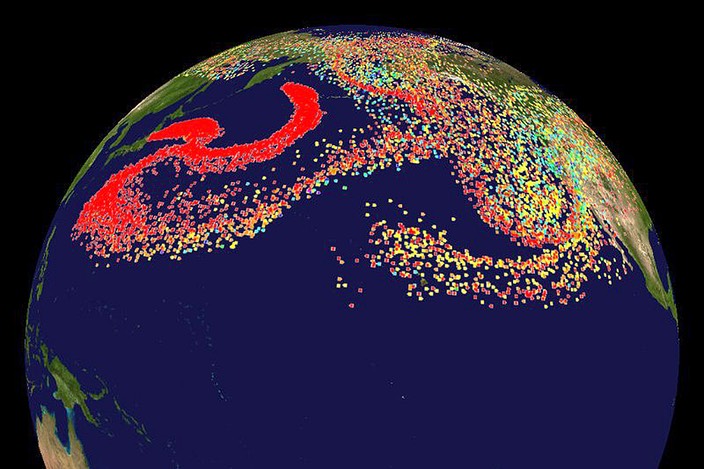
Government scientists have officially confirmed our worst fears; that Fukushima has now contaminated 1/3 of the world’s oceans.
Aside from the devastation already inflicted on our planet’s sea life, officials confirm that the contamination is still spreading.
The International Atomic Energy Agency (IAEA) seeks to promote the tranquil usage of Nuclear Power.
In 2011, IAEA developed, along with the Regional Cooperative Agreement (RCA) Member States, a joint IAEA Technical Cooperation (TC) job in the area of the Pacific Ocean.
It was established after the Fukushima catastrophe when a tsunami triggered was by a significant earthquake on 11 March 2011.
The nuclear meltdown occurred when the power supply of the powerplant failed and disabled cooling of three Fukushima Daiichi reactors.
Fukushima has now Contaminated one-third of all sea life
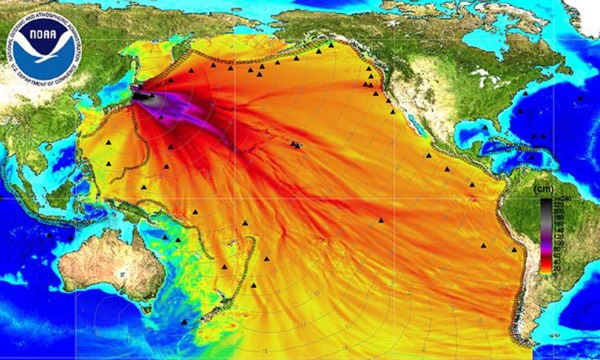
As an outcome, a huge amount of radioactive waste was dumped into the Pacific Ocean.
Of no surprise, this triggered great issue to countries based around the Pacific Ocean due to the possible economic and ecological ramifications.
After leaking into the Pacific Ocean and spreading, scientists say that Fukushima has now contaminated one-third of Earths oceans.
The TC project’s aim was for that reason, to monitor the existence of radioactive compounds in the marine environment.
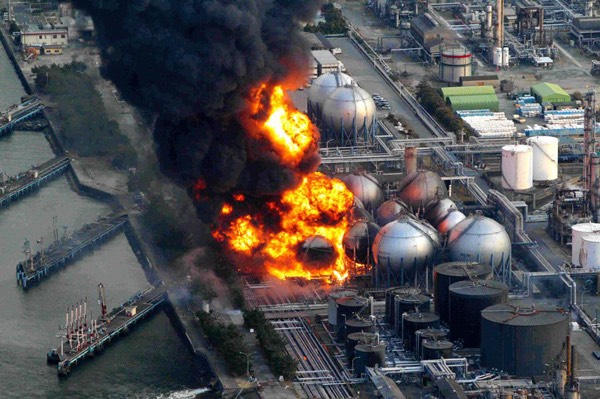
Scroll down for video.
The very first annual evaluation conference held in August 2012 demonstrated predictive hydrodynamic models.
They predicted that the strong current in the sea, referred to as the Kuroshio Current and its extension, had the ability to transport the radioactive compounds throughout the Pacific Ocean in an easterly direction.
Nevertheless, the concentration of radioactivity was not as high as originally believed.
A field research study discovered that 2 filter cartridges were coated, which revealed aspects of cesium, a radioactive substance.
The TC is due to conclude this year.
A few outcomes have actually triggered concern.
Radioactive material reached North America
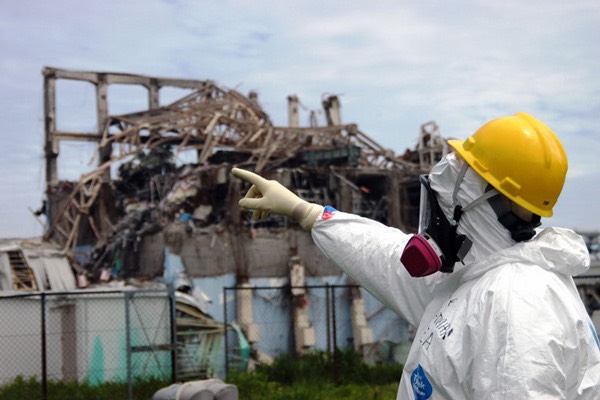
A field study they carried out on 2 July 2014, revealed from two sets of seawater samples, found that 2 filter cartridges were covered, which revealed aspects of cesium, a radioactive compound.
Then just recently, trace quantities of cesium-134 and cesium-137 showed up in samples gathered near Vancouver Island in British Columbia.
The samples gathered were different from the tracking job established by IAEA however it is thought the only possible source of these radioactive elements is Fukushima, according to the Integrated Fukushima Ocean Radionuclide Monitoring(InFORM) Network.
This is the very first time that traces of cesium-134 had actually been detected near North America.
While these are trace quantities, scientists warn that the risk of radioactive material in any amount cannot be ignored.
However, government officials say that these levels found aren’t yet deadly.
The traces found are currently still lower than those we might be exposed to from an oral x-ray for instance.
Having said that, every possible exposure, in any small quantity, accumulates over time.
Cooperation on an international level is required
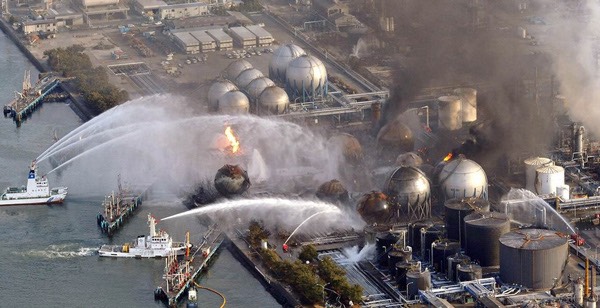
The issue with atomic energy and fallout, the radiation and radioactive products can take a trip everywhere with the wind and with the sea.
For that reason, we ought to aim to cooperate on an international level to keep these levels at zero.
In any event, the constant tracking of oceans will be required, in accordance with Ken Buesseler, a marine chemist at Woods Hole Oceanographic Institute.
What Buesseler states ought to be taken on board beyond 2018, particularly because the advice from the IAEA is to discard a lot more contaminated water into the sea.
This is apparently more desirable than holding it in tanks.
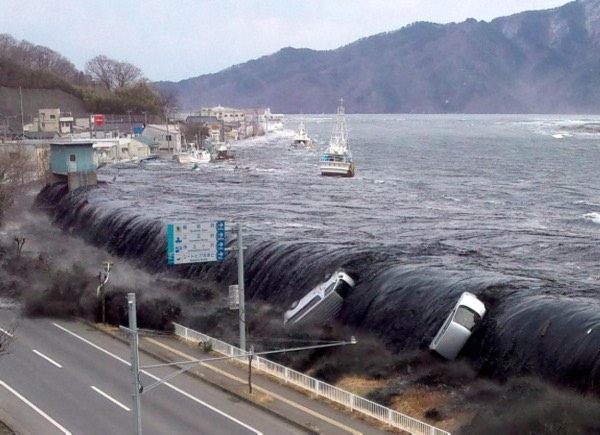
The Fukushima disaster was triggered by a tsunami following an earthquake in 2011.
Any discharge will have to be controlled and continuous monitoring would be required, in particular near the plant to improve data dependability.
This is triggering issue and not just to state authorities.
Think about the anglers.
Every time they catch fish in the ocean, the fish need to be evaluated for radioactivity.
Before any additional discarding is done, the IAEA and Tokyo Electric Power Co., who control the plant, have to consider not just the environmental impact however socio-economic impact as well.
Fukushima has now contaminated the environment on a global scale.
Livelihoods will be affected in addition to the long-lasting health of the area and, eventually, the entire international community…